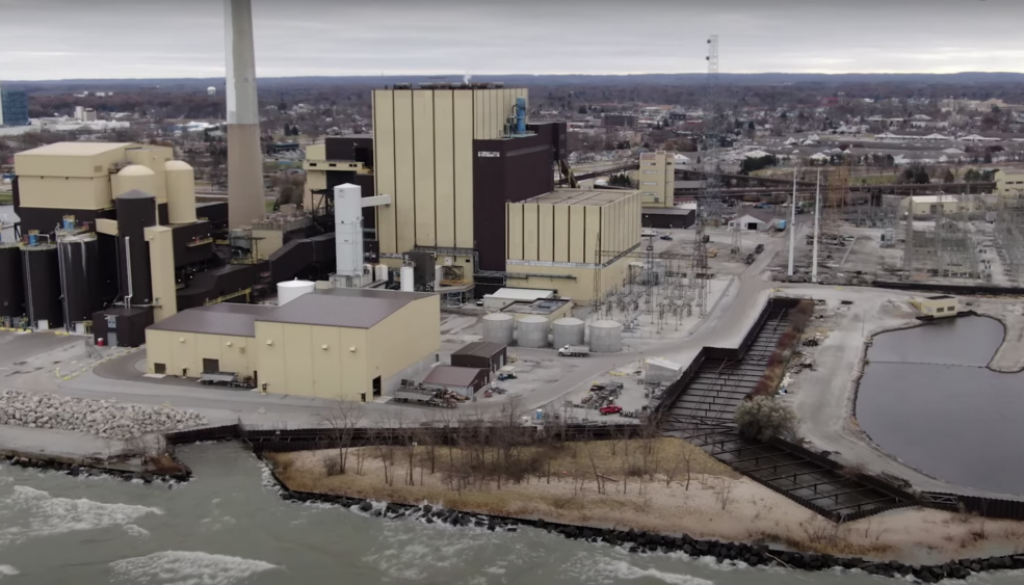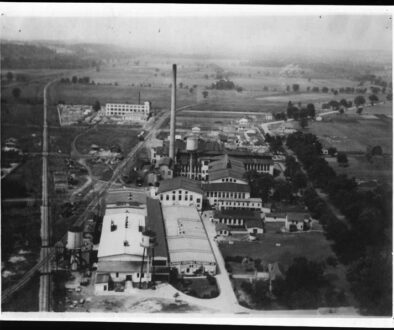“Flagrant environmental injustice”- groups petition EPA over coal ash pollution
Seven years after US regulators set what were supposed to be strict rules for the disposal of coal ash – a toxic mix of metals such as arsenic and lead generated by coal-burning power plants – the vast majority of coal power plants are continuing to allow coal ash contamination of groundwater at levels considered unsafe, according to environmental advocacy groups.
Roughly half a billion tons of coal ash at 300 sites across around the United States are exempt from “life-saving health protections,” according to a petition several advocacy groups planned to deliver Thursday to the US Environmental Protection Agency (EPA).
The petition calls on the agency to update regulations to include the complete closure and cleanup of legacy coal ash landfills and to take “aggressive enforcement against violators.” The petition specifically cites coal ash waste impacting communities in Indiana and Illinois. In addition to the organizations that signed on, the petition received nearly 2,000 citizen signatures.
“We want communities to know exactly what’s happening at their power plant. Much of it is very concerning and very damning,” said Lisa Evans, an attorney at Earthjustice, one of the lead groups petitioning the EPA.
About 200 coal ash waste sites identified in a report issued last month by Earthjustice and Environmental Integrity Project (EIP) are “dangerously close to groundwater,” and 70% of those sites are located in communities whose populations are either majority low-income, and/or non-white, making the cleanup of coal ash waste an environmental justice issue, Evans said.
Drinking water contamination
Coal ash is recognized as one of the largest types of industrial waste generated in the United States. Coal-fired power plants have historically disposed of coal ash waste in landfills and ponds or lagoons, often unlined, practices that fail to keep toxic metals from leaching into groundwater and threatening the health of residents. The industry generates about 70 million tons of coal ash annually, according to the report.
A 2015 EPA rule, called the Coal Combustion Residuals (CCR) rule, requires the safe disposal of coal ash and the cleanup of any coal ash sites that threaten groundwater quality.
But, according to the Earthjustice report, industry data reveals “widespread violations,” and more than 265 coal ash dumps are still not compliant with the CCR rule. The report says that 91% of regulated coal plants are contaminating ground water in 43 states.
Additionally, the report states, most plants that have chosen a remediation method are relying on an “insufficient” strategy that does not involve treating contaminated groundwater. Many coal ash waste sites are also exempt from the rule due to a loophole for sites that have not produced power or added new coal ash since October 2015.
Drinking water wells in at least 15 communities across the US are known to have been contaminated by metals from coal ash, including locations in Indiana, Maryland, North Carolina and Michigan, though Earthjustice and the EIP say the numbers may be higher.
Last month, the EPA ordered an Ohio power plant to stop disposing coal ash into unlined storage ponds and at least five other plants, most in the US Midwest, could face similar actions.
An urgent concern
One site of urgent concern is the Michigan City Generating Station, run by the Northern Indiana Public Service Company (NIPSCO). The plant sits directly on the shore of Lake Michigan and coal ash is stored behind steel walls separating the plant from the lake.
A 2018 investigation of the NIPSCO facility found that groundwater at the site is already contaminated with elevated levels of arsenic, boron, lithium, molybdenum, and other metals. NIPSCO’s estimate of the amount of coal ash dispersed in the fill behind the seawall is 238,000 tons, while Just Transition Northwest Indiana, a clean energy advocacy group leading the petition, estimates two million tons.
Indra Frank, director of environmental health and water policy at the Hoosier Environmental Council, says environmental groups are “very much concerned” that the seawall is reaching the end of its lifespan and may fail due to a constant barrage of waves from Lake Michigan. If it fails, the coal ash will spill into Lake Michigan.
Cleanup of the coal ash after such an event would be “very challenging,” Frank said. “It’s one of the worst possible places I can think of to store a solid waste that has toxic heavy metals.”
The 2018 inspection of the waterfront facilities at the plant noted “moderate” corrosion of the seawall and infiltration of water into the wall itself. While NIPSCO has put into motion cleanup plans for its five coal ash ponds at the Michigan City station, there are no plans to remove coal ash from the fill behind the seawall, which is separate from the ponds. According to a prior statement from NIPSCO, there is “no risk to human health or the environment” posed by the discarded coal ash at the site.
NIPSCO said in an email that the seawall was never designed to provide an impermeable seal from water, and that the groundwater impacts are being addressed by the cleanup work at the five coal ash ponds.
More than 3,000 people live within one mile of the NIPSCO plant; 40% of those residents are people of color, and 40% are low-income, according to Earthjustice.
Pastor Jacarra Williams, who has lived in Michigan City for seven years, said residents there are very concerned about the coal ash pollution, especially its effects on children and the elderly. Some community members refuse to drink the tap water because of contamination fears, he said.
“The bare minimum has been done,” he said. “[NIPSCO] isn’t doing what it’s supposed to do, and it’s taking away from people enjoying their lives.”
NIPSCO and other utilities nationwide have “skirted their responsibility” in cleaning up coal ash, said Susan Thomas, director of legislation and policy for Just Transition Northwest Indiana.
Insufficient cleanup methods
In addition to highlighting the number of toxic ponds not covered by the CCR rule, the recent Earthjustice report also determined that many plants have chosen insufficient remediation methods.
As required by the CCR rule, coal plants must select a remediation method as soon as is feasible. One method that satisfies the rule is called Monitored Natural Attenuation (MNA), which, according to Earthjustice, is nothing more than continuous groundwater monitoring. The method does “nothing” to remove, treat, or contain the pollution, all of which is required by the EPA.
The report found that only 38 plants have actually committed to a cleanup plan for their coal ash pollution, and of those 27 have indicated MNA as their remediation method.
“Thirty-eight out of the total is, is a very, very small amount when almost all the plants should be at this point executing a final remedy,” said Evans. Energy companies need to make sure their cleanup plans are “actually effective.”
(Featured photo: The Michigan City Generating Station sits on the banks of Lake Michigan. Photo credit: Just Transition Northwest Indiana.)
 EWG
EWG


